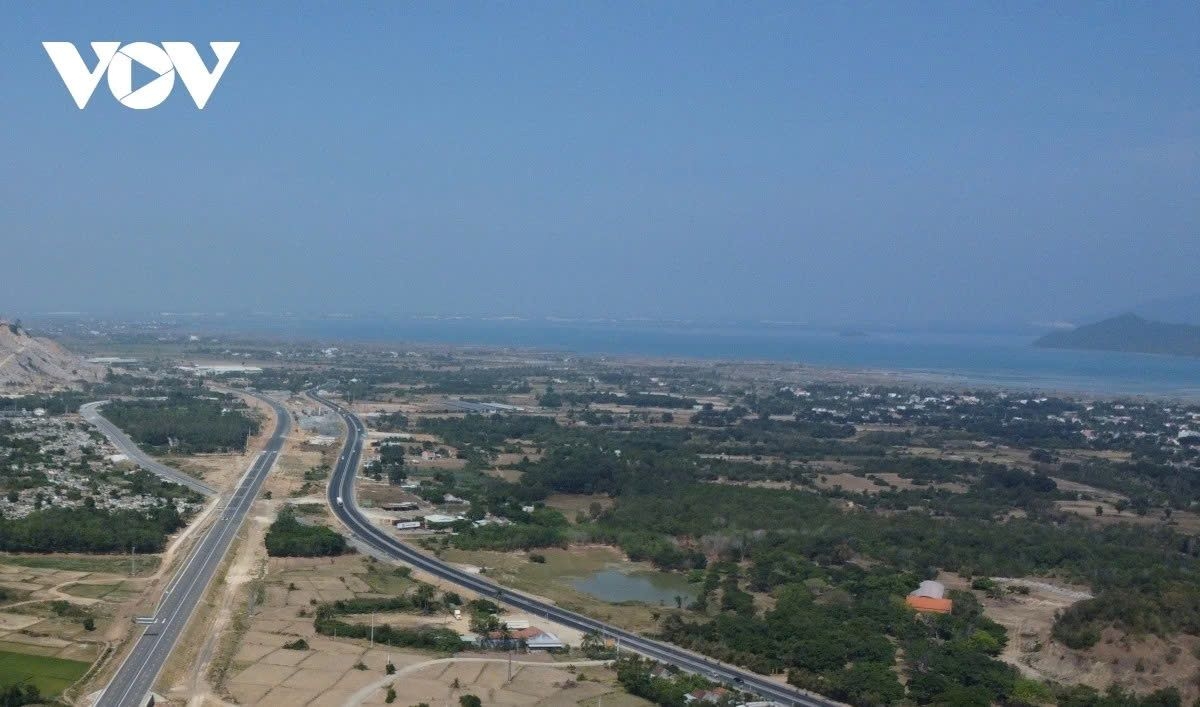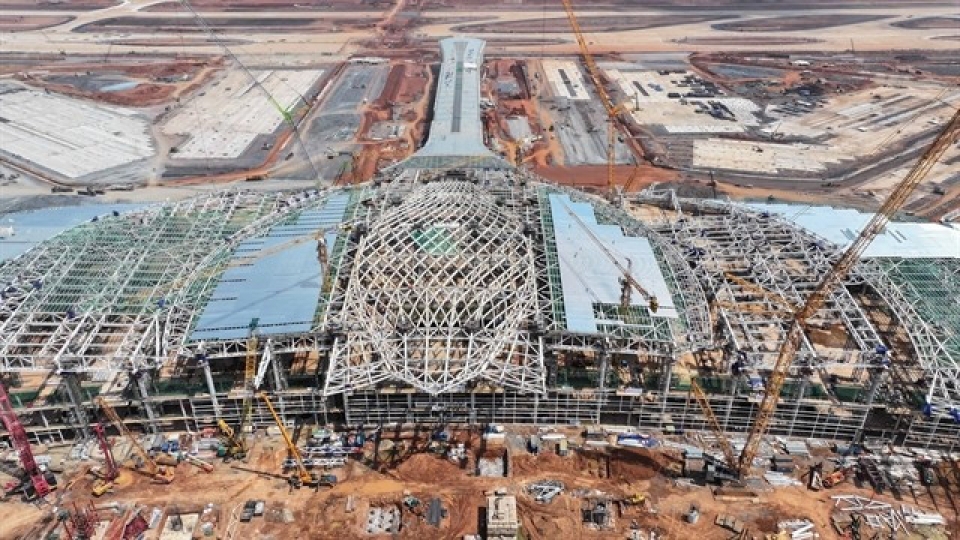Aviation Authority proposes expanding airport network to 36 by 2050
VOV.VN - The Civil Aviation Authority of Vietnam (CAAV) plans to increase the total number of airports nationwide to 36 by 2050, capable of handling nearly 540 million passengers annually.

This is part of CAAV’s proposal submitted to the Ministry of Construction to adjust the master plan for the national airport system for the 2021–2030 period, with a vision to 2050.
According to the proposal, Vietnam is expected to have 33 airports by 2030 with a capacity of 297 million passengers, and expand to 36 airports by 2050. Correspondingly, total land reserved for airport development would rise to more than 26,600 hectares in 2030 and about 27,800 hectares in 2050.
Investment needed for airport development through 2030 is estimated at nearly VND 500 trillion, sourced from the state budget, private capital, and other lawful funding channels
CAAV also proposed adding Mang Den Airport in the central province of Quang Ngai and Van Phong Airport in the south-central province of Khanh Hoa to the national master plan for airport development for the 2021–2030 period, with a vision to 2050. The inclusion of Mang Den and Van Phong airports stemmed from development orientations already approved by the Government.
The master plan for the North- and South-central coast regions identifies Khanh Hoa as a key growth area, with Van Phong earmarked to become a regional logistics and services hub. Meanwhile, the Central Highlands master plan positions Mang Den as a national tourism area requiring efficient connectivity with the South-central coast, including airport development studies.
CAAV also recommended upgrading Quang Tri Airport, citing the province’s strategic role along the East–West Economic Corridor connecting Vietnam, Laos, and Thailand, and its expanded development needs following its administrative merger with Quang Binh.
The upgrade is anticipated to help attract airlines, logistics firms, and international MRO (Maintenance, Repair, and Overhaul) companies, expand international routes, and strengthen the province’s position as a regional industrial and logistics centre.



